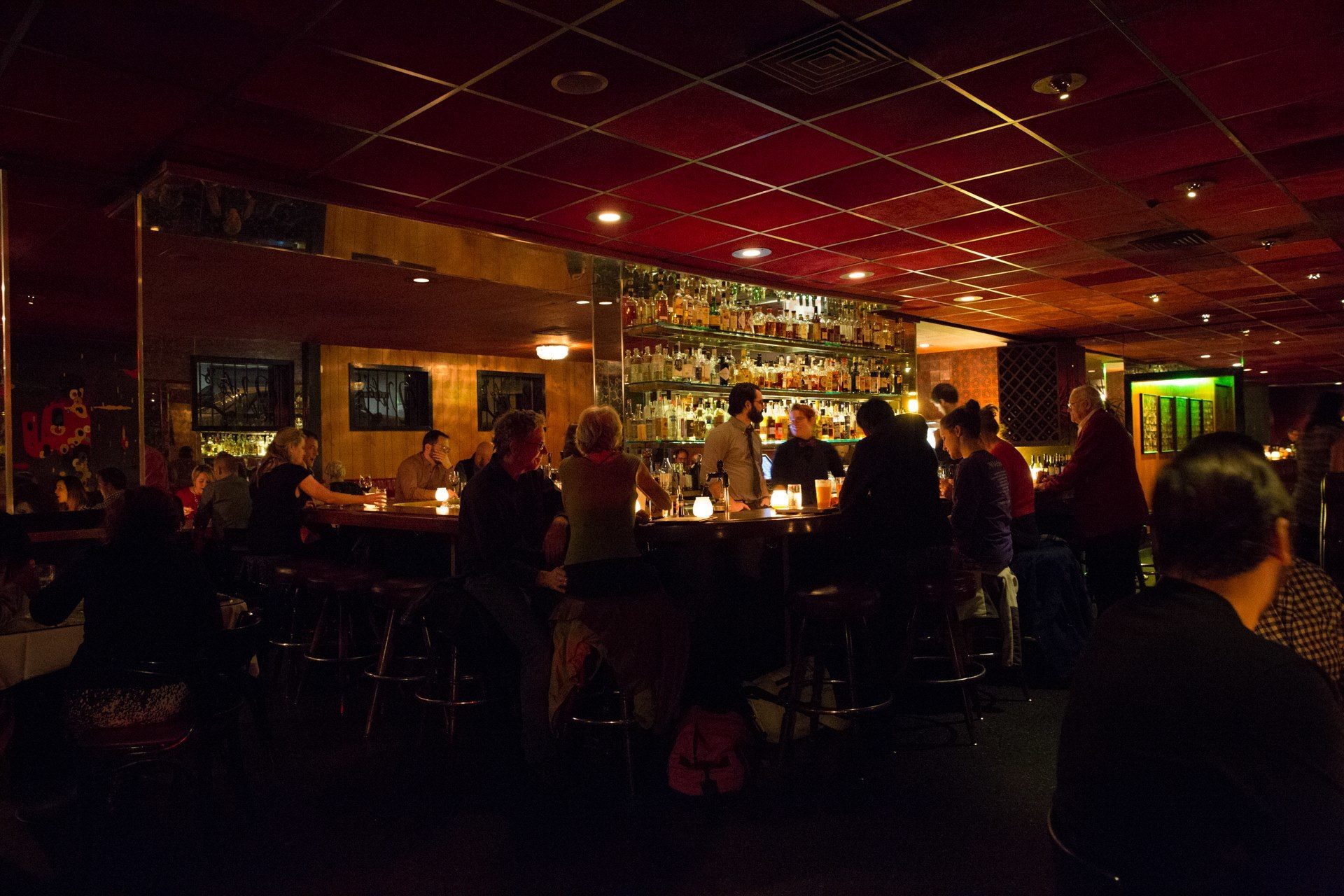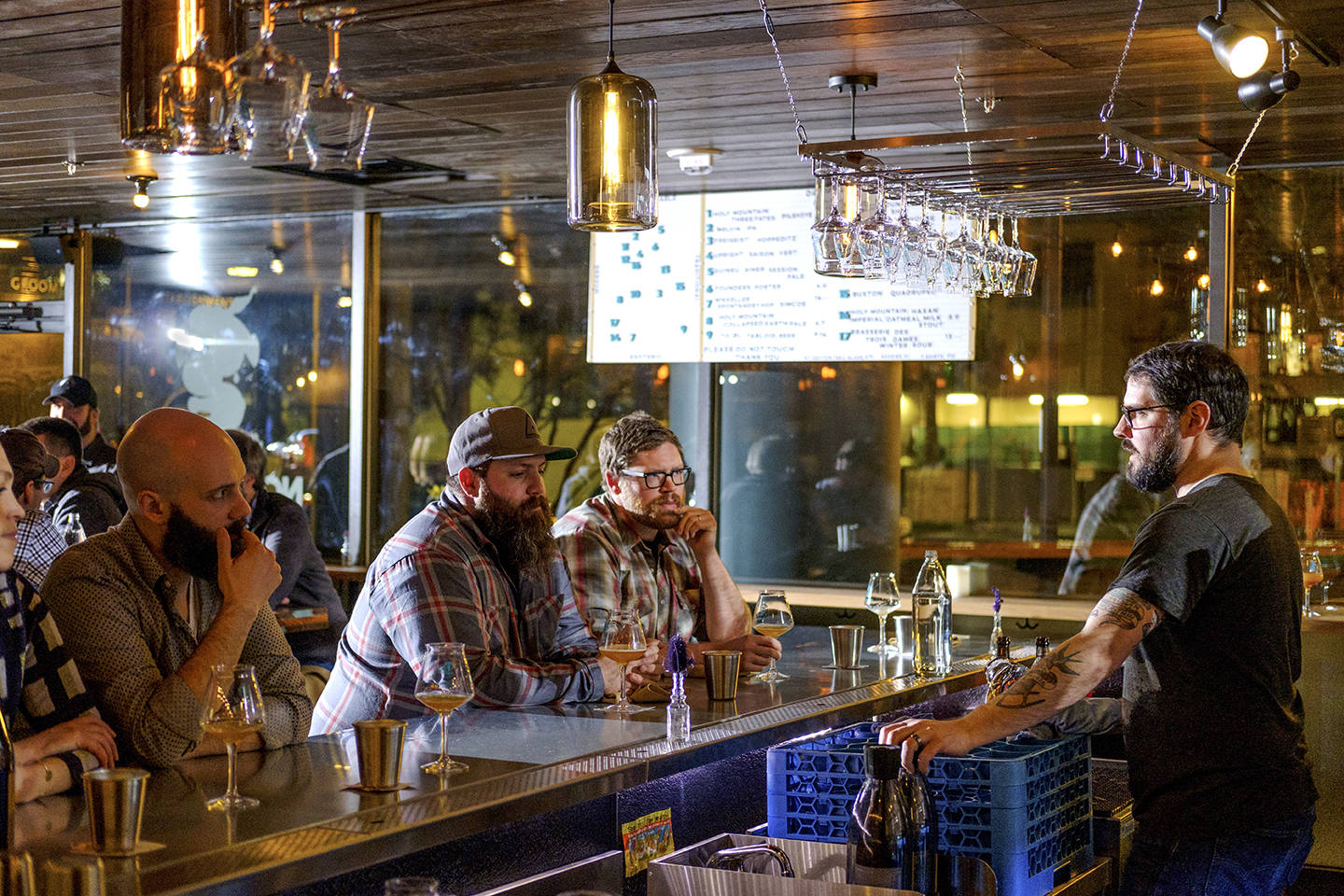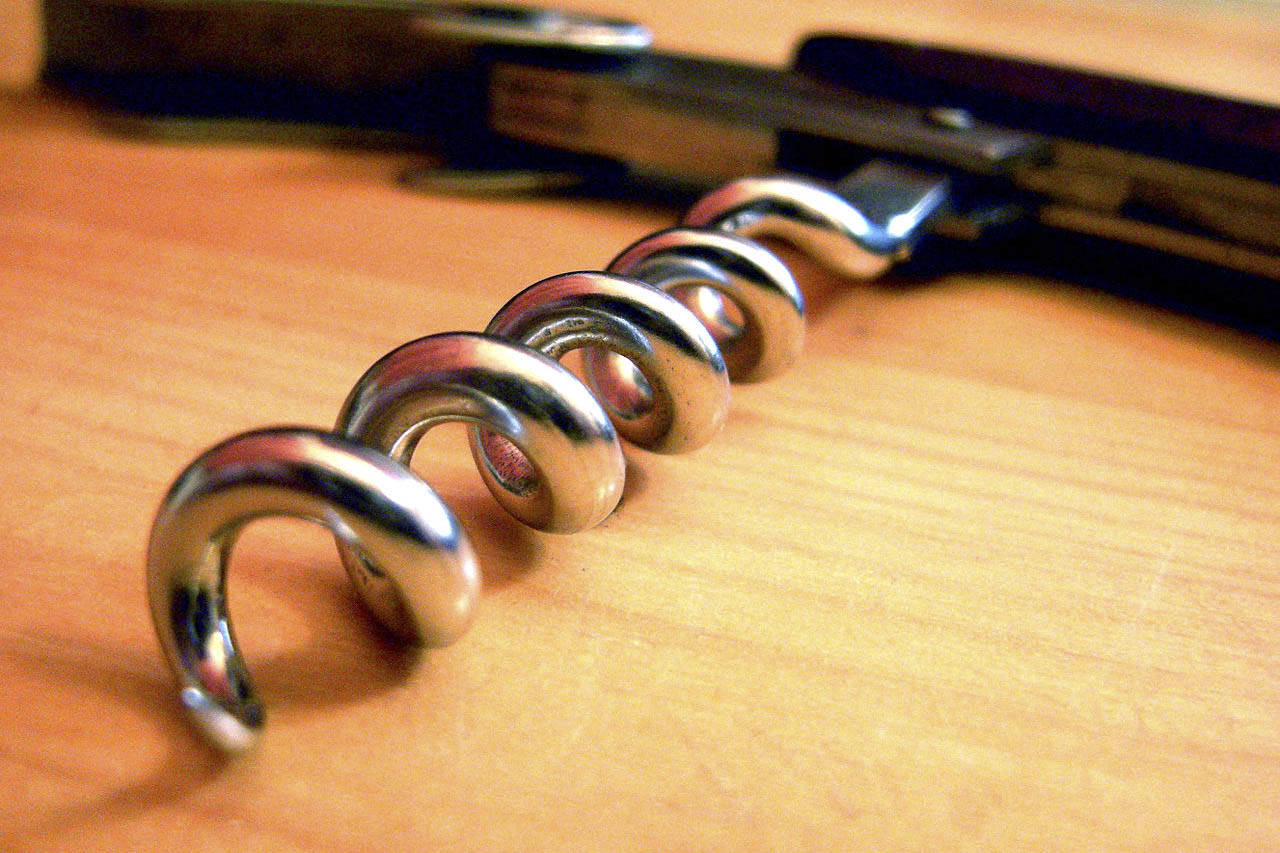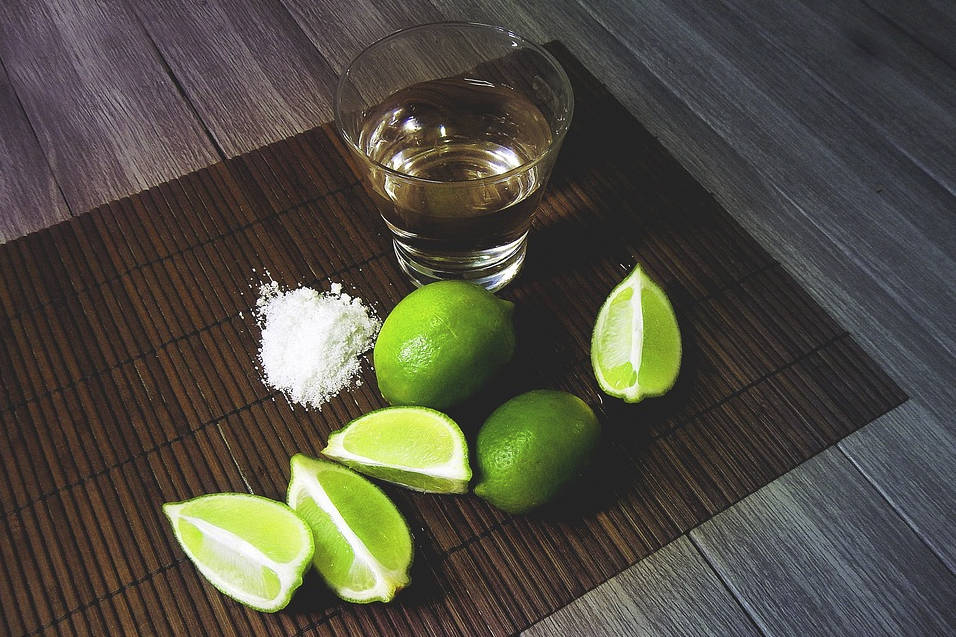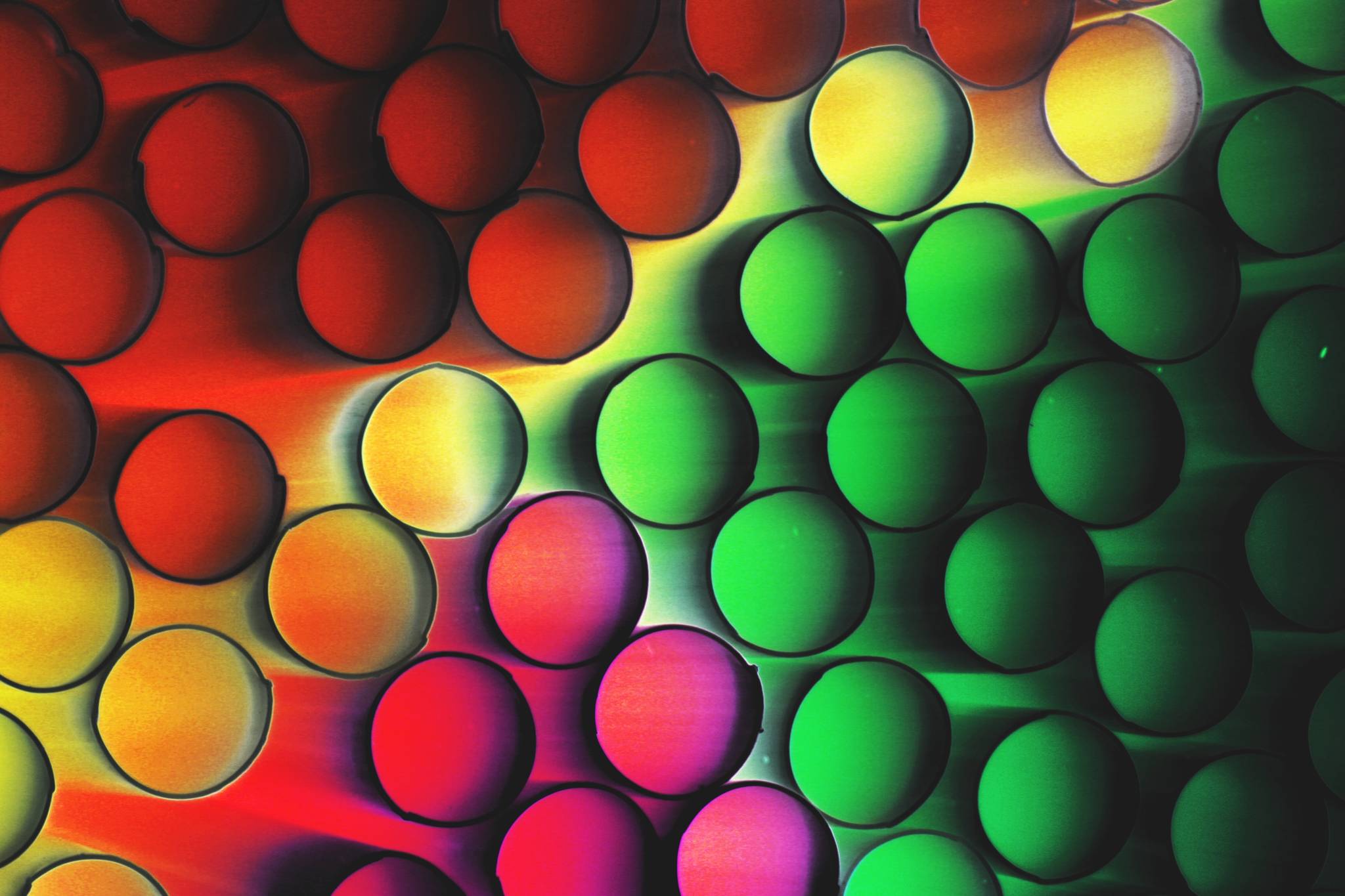What would you say is the most important element of a bar? A reasonable sort might mention the selection of spirits, the creativity of the cocktails, or the hospitality of the staff. Others might side in favor of cheap drinks or even comfortable seats. I, on the other hand, require something less tangible, atmospheric even: darkness. That’s not to say that those other factors don’t matter; it’s just that an over-illuminated bar can ruin them all.
After all, drinking is a delightful and rewarding use of one’s time, but it’s not the most wholesome of activities. As such, it is best to undertake it at least somewhat shrouded in darkness—which allows for an anonymity I often welcome—or at minimum, a heightened sense of privacy. I don’t want to know what everyone else in the bar is up to, frankly, and I doubt they want to be made privy to my actions.
But dark bars have gone out of vogue. Why? I have a few theories. As bartending came to be viewed as an art and not a trade, it made sense to make sure that guests could actually see the bartender at work. Similarly, that epic collection of Pappy Van Winkle doesn’t draw oohs and ahhs if no one can tell it’s there.
The rise of brewpubs and their attendant culture is part of it too. Few of them are dark, and lack much in the way of discernible decor—unless you really like garage doors. Our zeal to Instagram every last bit of food and drink we’re served plays a role as well; dark photos won’t have anyone else suffering from FOMO.
Fortunately, the joys of a quiet drink in a dark corner have not gone completely by the wayside. Tinder dates need low-enough lighting to forestall the awkward conversation about why someone doesn’t much look like their profile photos, and budding romances no matter the origin need to find intimacy and lowered inhibitions. We need the air of mystery that darkness and a couple of drinks afford.
So here’s a toast to the dark and delightful bars of Seattle, where the corners of the room disappear: spots like the Hideout, where it’s just dark enough that you can’t quite tell if the art on the walls is brilliant or terrible, or Foreign National, where you can pretend that you’re in the world’s strangest hotel bar. From the alluring booths at Vito’s to the subterranean glory of the Alibi Room, a properly dark bar is my kind of bar. As we enter Seattle’s nocturnal season, seek one out and remember what it was like to lose yourself in the room just a little bit. ZACH GEBALLE
barcode@seattleweekly.com
